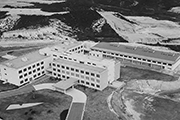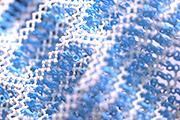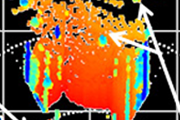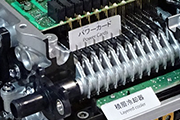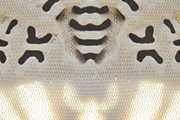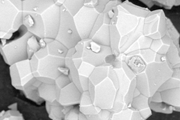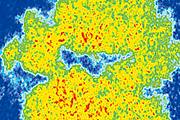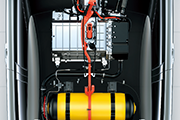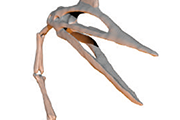Complementary Mechanical–Chemical Virucidal Actions of Nanocolumnar Copper Thin Films
A study conducted by Keisuke Shigetoh et al. was published in MATERIALS TODAY BIO.
Viruses that remain on surfaces such as doorknobs can contribute to transmission. To mitigate this risk, coatings that accelerate viral inactivation are needed. Inspired by copper’s antimicrobial activity and the nanostructures on cicada wings that mechanically rupture microbes, we designed a copper thin-film coating with densely arranged nanoscale columns to combine both effects (Related Article). Although the coating inactivated viruses, the underlying mechanism remains unclear.
Focusing on droplet-size–defined viral microenvironments—humid in large droplets and rapidly drying in aerosols—we use atomic force microscopy to image the surface topography of enveloped bacteriophages as an indicator of viral integrity. The coating exhibits two complementary actions depending on the environment: in large droplets, the known chemical action of copper ions dominates; in aerosols, we demonstrate for the first time that dry conditions trigger mechanical virus rupture by the nanoscale columns. This dual-mode mechanism positions the technology as a promising approach to strengthen antiviral surface strategies and public health.
【Related Article】
Antiviral nano-columnar Cu thin films inspired by cicada wings
Shigetoh, K., Hirao, R., Ishida, N. ACS Applied Materials & Interfaces. 2023, vol.15, 16, pp.20398–20409
Title: Destruction of virus particles via mechanical and chemical virucidal activity of nanocolumnar copper thin films
Authors: Shigetoh, K., Hirata, Y., Muramoto, N., Ishida, N.
Journal Name: MATERIALS TODAY BIO
Published: April 30, 2025
https://doi.org/10.1016/j.mtbio.2025.101803
















